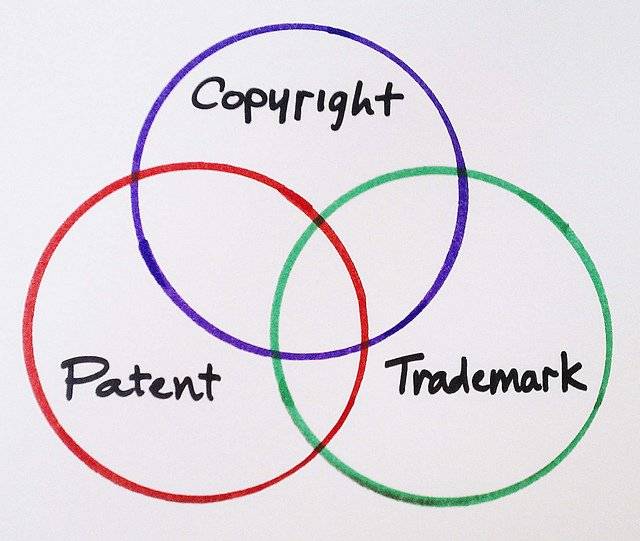This post was first published on September 11th, 2012.
Rights and protection are both victim and villain in overlapping. Overlapping and provision of simultaneous or sequential protection for some inventive and creative works have become a part of the expansive Intellectual property law regime. For example, both copyright law and trademark law now protect ‘Angry Birds’ and ‘Miley Cyrus’.
Overlapping copyright and trademark protection for these two characters not only means that their creators receive all the benefits flowing from both the copyright regime and the trademark system, but it also means that many of the benefits that would otherwise flow to the public—to consumers, competitors, later creators, and the public domain are withheld.
The problems generated by overlapping protection are not limited to the protection of cartoon characters or to the copyright/design overlap. Overlapping intellectual property protection has emerged in a variety of contexts, mainly by accretion rather than design. Historically, the sphere of patent, copyright, and trademark law was clearly defined, i.e each IP protected very different types of works; the three areas of law occupied three separate realms and there was little or no overlap between them. Although the lines between the three areas may not have been perfectly drawn, it was generally understood that for any particular creative or inventive work only one type of protection was available. Over time, some of these distinctions have eroded. As the scope of intellectual property protection has expanded, the owners of intellectual property have pressed for, and in most cases received, greater protections. This outward pressure has resulted in the availability of multiple forms of protection for certain works.
In the Indian scenario, Copyright does not subsist under the Copyright Act 1957 in any design which is registered under the Designs Act 1911. Copyright in any design, which is capable of being registered under the Designs Act 1911, but which has not been registered, would cease as soon as any article to which the design has been applied has been produced more than 50 times by the industrial process by the owner of the copyright or, with his license, by any other person. This law only applies to design capable of registration under the Designs Act 1911, but this affords little assistance.
The manufacturers and marketers who have expended a huge amount of capital and effort in gaining recognition of the consumers by the presentation of their products and are enjoying a competitive edge in the market, it is essential that the law entails adequate protection to the designs which emanate from these efforts of the manufacturer of these goods. This protection is called Industrial Design. Industrial Design law must protect the creativeness which resulted in the ornamental or formal appearance of a product. The right refers to a novel or original design that is accorded to the proprietor of a validly registered design. The design right may enhance the design’s monetary value, increase the demand and maybe a meritorious service to the public. The notion is that of an intellectual property subject matter that will play an important factor in the product market, increasing the competitiveness of the manufacturer or vendor of the product, and enhancing societal life. Arguably, subtle changes in the design may qualify for separate copyright protection.
To confer the legal protection on a design as a registered design certain requirements need to be imposed. The Indian Designs Act 2000 was enacted to bring the Indian law in consonance with the TRIPs Agreement yet it has failed to gather required legislative and judicial intervention at some stage, unlike other jurisdictions such as the U.K. wherein much legislative activity to address the inequities of artistic copyright in functional products have taken place.
Overlapping protection should be a cause for great concern. Expansion of IP rights through overlapping protection undermines intellectual property policy and renders nearly impossible the ability to evaluate the effects of the intellectual property laws. If the expansion of rights is to continue, enlarging rights within each area of intellectual property law is much more preferable to the overlapping patchwork of rights that exists. Overlapping rights pose innumerable challenges to the intellectual property system, has the ability to disrupt the intellectual property balance and impoverish the public domain. Legislative efforts are required to eliminate the existing overlap and, perhaps more importantly and more realistically, attempt to avoid creating overlaps in the future.
Nisha and Kapila
Image Source/Attribution here (Governed by Creative Commons License CC BY – SA 2.0)




0 Comments
A. B. Suraj
Good post! What is the position of an overlap between a TM and Copyrights?